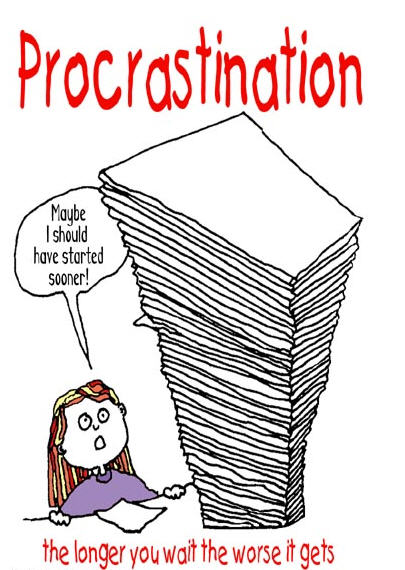|
Reading TechniquesBecome an effective reader with these reading techniques. Improve your student time management and become a more effective student with these reading strategies.
Do you get to the end of the page only to find you have to re-read it again? Are you looking to read more effectively? Do you want to save time? If so, these reading techniques will help you to read more effectively and make the most of your time. Reading Strategy 1: Reading for a reasonWhy are you reading this text? Knowing the answer to this question will identify your reading goal. Are you reading for pleasure, or is there another purpose such as learning content? Once you know why you are reading then you can read the introduction and chapter headings to give you an overall structure of the subject you are reviewing. Does this content structure meet your needs? If no, then a quick scan of the document may be worthwhile. However, if the text is a required reading for your course, or lecture notes or tutorial readings then the next two reading techniques may be useful for you. Course on Time Management for College Students Our time management for college students course delivers structured student time management lessons to your Inbox. Reading techniques 2: The SQ3R methodThe next question to ask yourself is how deeply do you have to read? If you are reading your lecture notes, tutorial material, or required readings then you may need a deeper level of reading. Examining the content structure of the material in reading strategy 1 is for the most shallowest of knowledge. However, for more deeper reading I like the SQ3R reading techniques.
To take advantage of memory encoding it is important that you read actively. When you read your notes or readings, read in an active manner using the SQ3R method. SQ3R stands for:
Reading strategy 3: Active readingThe SQ3R method is an active reading strategy. Another reading strategy to increase active reading is to highlight and underline as I go. By writing in the margins my ideas, questions or solutions - this helps me review and emphasize important information in the reading and possible questions to ask of tutors or lecturers. I find that by doing this my mind is less likely to wander and is more likely to stay focused on the reading content. I find that I often don't like doing this to books - so photocopying the text can be useful. Alternatively have a notebook that you write your notes in. Another question I ask myself is how much my time is worth and whether active reading benefits exceed the value of an unmarked book. Related Student Time Management Articles
Student Planners: Organize and Plan With Student Planners Time Management College Story: A Scheduling Story of Big Rocks and Small Rocks
Click here to return from reading techniques to time management tips
|




